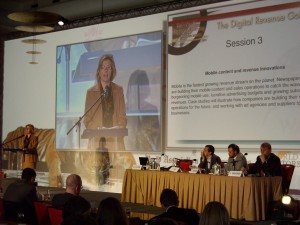We just heard news that Ian Davies, director of business development at Archant, has died in a plane crash – as reported at the BBC, Press Gazette and in his group’s newspaper, the Norwich Evening News.
Journalism.co.uk is extremely sad to hear of this tragic accident.
On a personal note, I met Ian and some his colleagues for the first time, at the WAN conference in Amsterdam last fortnight.
Despite cornering him after a long conference session to badger him for information about Archant’s hyperlocal news plans, he was only too friendly towards me, happy to help and give suggestions for stories.
I later had opportunity to chat with him more informally and find a bit more out about his views on the media and what he does. He assured me he would always be willing to contribute to related articles.
True to his word, last week he was quick to contribute to an article I was working on at the last minute. I’m very saddened by the premature end to his life.
In an email he told me he was looking forward to working more flexibly at Archant from January, so that he could fit in more time for his passion, flying. His website shows some of his interests. That his life was cut so short, when he had so much enthusiasm for his projects, seems a particularly cruel hand of fate.
Our condolences go out to Ian’s family, friends and colleagues.
